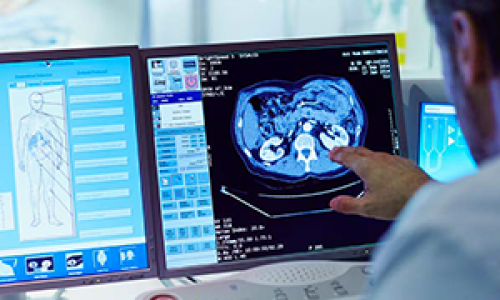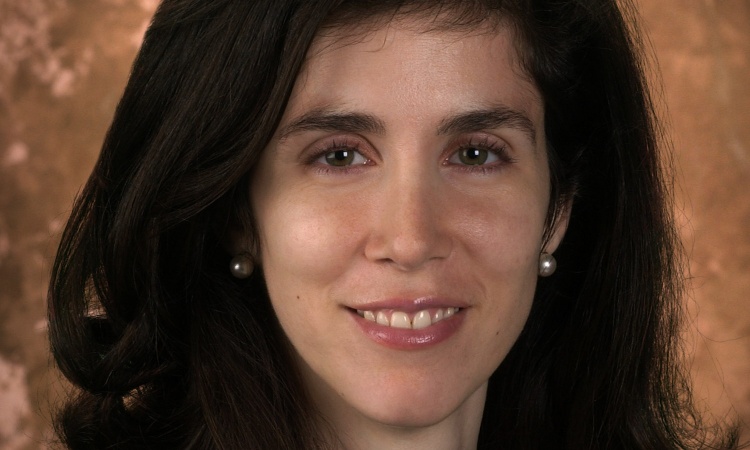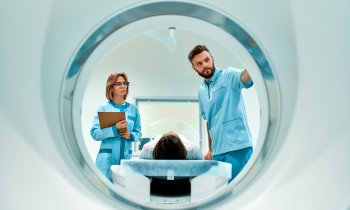NICE issues strict new guidelines
The National Institute for Health and Care Excellence (NICE) has issued strict new guidelines on safe nurse staffing levels to all hospitals.
Report: Mark Nicholls

The issue of patient/staff ratios in England came to a head in recent years following the poor levels of care witnessed at Mid-Staffordshire hospital, and the subsequent Francis Inquiry and the Berwick report, which outlined ways in which the National Health Service (NHS) could improve care. Both reports raised the issue of staffing levels and the latest NICE guidance has been designed to help ensure safe and efficient nurse staffing levels on hospital wards.
NICE acknowledges that, as patients’ needs differ from day to day, there is no single staff number that can be safely and adequately applied across the wide range of wards in the NHS. However, the guidance committee concluded that when each registered nurse is caring for more than eight patients this is a signal to check that patients are not at risk of harm, and the guidance sets out ‘red flag events’ that warn when nurses in charge of shifts must act immediately to ensure they have enough staff to meet the patients’ needs on that ward. Red flag events include patients not being provided with basic care such as pain relief or help to visit the bathroom.
Senior management and nursing managers must closely monitor ‘red flag events’, analyse safe nursing indicator data and take action if that becomes necessary. Professor Gillian Leng, Deputy Chief Executive and Director of Health and Social Care at NICE, said: ‘Safe staffing is more complex than setting a single ratio. The emphasis should not just be on the available number of staff, it should be on delivering safe patient care and making sure that hospital management and nursing staff are absolutely clear on best practice to do this.’
NICE says that, while there may be some upfront costs involved in putting these recommendations into practice, depending on the existing staff levels, this is likely to be offset by the savings that can be achieved through safer care. It suggests more than a billion pounds sterling can be saved by preventing pressure ulcers, while reducing the number of infections patients get after surgery could save up to £700m a year alone.
Professor Leng added: ‘The current national cost for nursing staff in acute wards is estimated at around £4 billion. Implementing the NICE guideline is unlikely to have significant financial impact in many trusts, as they may simply need to adapt their processes to work out where nursing staff should be at any given time. ‘Nor will any financial impact be felt in a one-year period. Many trusts are already rolling out planned staffing changes, which will spread the cost across a number of financial years. The expected increased training numbers for nursing staff will also see a gradual increase between now and 2017.’
Dr Peter Carter, CEO of The Royal College of Nursing (RCN) commented that nurses have long recognised the importance of safe staffing levels. ‘It’s good to see this is now being recognised across the NHS,’ he added. ‘The needs of patients should be the only thing determining staffing levels – not finances.’
PROFILE:
Gillian Leng is the Deputy Chief Executive at NICE, Director of Health and Social Care, and a visiting professor at King’s College London. After researching the epidemiology of peripheral vascular disease and specialising in public health medicine, she moved to NICE in 2001, where she set up and runs the clinical guidelines programme, established the NICE implementation function, and set up NHS Evidence and is also responsible for new work on Quality Standards across health and social care.
10.12.2014










